Health Canada Initially Created For Population Control Measures
Investigative report by canucklaw.ca
One-time or recurring donations can be made through Ko-Fi:
By Ronnie canucklaw.ca
Health Canada has had several names since its inception in 1919. Despite how innocuous its name and mandate sound, this organization had an initial purpose: population control. It’s been previously covered how PHAC was an artificial creation from the World Health Organization to serve a global order.
Few people know this, but the Department of Health was formed with the same goal in mind.
In January 2004, the WHO put out an edict that all Member States were to create an “outpost” for public health. Consequently, the Government of Paul Martin created PHAC, the Public Health Agency of Canada, out of nothing in that year. In late 2004 and into 2005, hearings went on for Bill C-12, the Quarantine Act. This was really just the domestic implementation of the 3rd Edition of the International Health Regulations. The Provinces have their own laws which are based on this. The PHAC Act was introduced in 2006 by Stephen Harper shortly after taking power.
(a) International Health Regulations are legally binding on the Member States.
(b) 2005 Quarantine Act was, in reality, written by WHO
(c) Public Health Agency Of Canada is a branch of WHO, and not Canadian
Again, this should be a review for most readers, but it’s still worth bringing up. The bigger picture is quite scary when it’s all laid out.
PHAC’s purpose is to use the pretense of public health as a means to control the local populations. Thing is: Health Canada (in its previous iterations) was formed for the same purpose.
1. Timeline Of Major Events In Public Health
1837: William White publishes the book — Evils Of Quarantine Laws
1851: First International Sanitary Conference, Paris
1859: Second International Sanitary Conference, Paris
1866: Third International Sanitary Conference, Constantinople
1874: Fourth International Sanitary Conference, Vienna
1881: Fifth International Sanitary Conference, Washington
1885: Sixth International Sanitary Conference, Rome
1892: Seventh International Sanitary Conference, Venice
1983: Eighth International Sanitary Conference, Dresden
1894: Ninth International Sanitary Conference, Paris
1897: Tenth International Sanitary Conference, Venice
1903: Eleventh International Sanitary Conference: Paris, 1903
1906: Revised Statutes Of Canada In 1906 Publication
1907: Founding of the Office international d’Hygiene publique
1911-1912: Twelfth International Sanitary Conference, Paris
1912: Canadian Public Health Association Incorporated
1919: Bill 37, Canada forms the Department of Health
1926: Thirteenth International Sanitary Conference, Paris
1928: Bill 205, Canada’s DOH becomes Department of Pensions and National Health
1938: Fourteenth International Sanitary Conference, Paris
1944: Bill C-149, Canada’s DPNH becomes Department of National Health and Welfare
1946: Canada joins World Health Organization, agrees to Constitution
1951: International Sanitation Regulations take effect from WHO
1959: “Privileges And Immunities” granted to all WHO Officials
1969: International Health Regulations (1st Ed.) replace Sanitation Regulations
1984: Bill C-3, Health Canada Act passed
1993: Department of National Health and Welfare becomes Health Canada
1995: 2nd Edition of WHO International Health Regulations
2001: DARK WINTER pandemic simulation plays out
2004: WHO issues edict all Members to have “public health outpost”
2004: PHAC, Public Health Agency of Canada, created by Order In Council
2004: Bill C-12, hearings on Quarantine Act in Parliament
2005: 3rd Edition of WHO International Health Regulations
2005: ATLANTIC STORM pandemic simulation plays out
2006: PHAC Act was introduced by Harper Government
2010: Rockefeller paper released, includes infamous LOCKSTEP SCENARIO
2010: Theresa Tam stars in a movie about the fictional outbreak
2017: SPARS Pandemic Scenario plays out
2018: CLADE X pandemic simulation plays out
2019: EVENT 201 pandemic simulation plays out
A book by William White titled “The Evils of Quarantine Laws” is still available today. In fact, it can be purchased on Amazon. In that book, White pushed his case that contagions did not actually exist and that these quarantine laws were pushed for other purposes.
The pdf version is nearly 200 pages, but it’s well worth a read. It goes into considerable depth about how pseudo-science is pushed on the public under the guises of protection.
2. International Sanitary Conferences: 1851 to 1938
Going back to 1851, there were over a dozen International Sanitary Conferences held in the West. Canada (then a British Colony) would have been subjected to whatever measures the U.K. wanted. The measures sounded innocuous enough and claimed the purpose of trying to prevent the international spread of disease. The archive is also available.
The stated reasons include establishing global standards of health in order to prevent the transmission and spreading of cholera, among other diseases. Sounds pretty familiar with what’s going on now, doesn’t it?
3. Revised Statutes Of Canada In 1906
Even back in 1906, Canada had a Quarantine Act on the books. Although heavily promoted as a way to manage international trade and immigration, those same principles can be used to restrict people domestically.
What’s going on today globally isn’t anything new, at least conceptually. Instead, it’s the scale of which that is novel.
The Medical Officer of Health isn’t a new concept either. Ages ago, there were still “experts” who had almost dictatorial powers to implement laws and regulations. After all, if Kings didn’t know what was going on, they would have to trust the thinking to other people.
4. Founding of the Office International d’Hygiene Publique In 1907
The Welcome Collection in the U.K. published the document for the creation of an International Office of Public Health. As a Colony at the time, Canada would presumably have been subjected to the same laws and regulations.
That said, the information is still available on the Canadian Government’s site. Over a century ago, our “leaders” signed us up to be regulated and controlled by public health experts.
5. Canadian Public Health Association Created In 1910
The Canadian Public Health Association was created in 1910, and incorporated in 1912. It became a charity in 1975. In its most recent C.R.A. filings, approximately 60% of the CPHA’s financing came from the Government.
Although the page has since been altered, the main financial support of the CPHA comes from drug companies like Pfizer, Moderna and AstraZeneca. That shouldn’t be the least bit surprising to anyone at this point.
CPHA is involved in advocating for national and international health policies, including the restriction of people’s movements. It presumably is quite influential regarding Health Canada. At the time of writing this, there are several Provincial counterparts, all advocating for much the same thing. More on that in later pieces.
6. Department Of Health Created In 1919, Bill 37
Section 4f referred to enforcement of rules made by the International Joint Committee.
Bill 37 came into effect in 1919, after the First World War. Supposedly, the driving force behind this was the Spanish influenza, and the need to protect global public health.
Interestingly, it references the Revised Statutes of Canada, 1906, Volume 2. Even back then, there were Quarantine Acts on the books in order to restrict the movement of people. Of course, these were “supposed” to only apply to sick people.
Worth noting is that the League of Nations, the predecessor to the United Nations, also placed a heavy focus on public health. Many associate it with attempts to prevent wars between countries. In reality, there was a lot more to it.
7. Department of Pensions and National Health, 1928, Bill 205
In 1928, there was a change in name to the Department of Pensions and National Health. This came with the introduction of Bill 205. However, the purposes regarding public health remained much the same.
8. Department of National Health and Welfare Created In 1944, Bill 149
There was another change of name in 1994, courtesy of Bill 149. This time it became the Department of National Health and Welfare. Keep in mind, this was in the latter stages of the Second World War, and the beginnings of the new world order forming. The groundwork for the United Nations and World Health Organization had already been laid out.
9. WHO Membership Means Submitting To THEIR Constitution
After the defeat of the Axis powers, the World was supposed to embrace freedom and human rights, but then this happened.
In 1946, Canada signed a Treaty endorsing the Constitution of the World Health Organization, and agreeing to be bound by it.
Article 21(a) of the WHO’s Constitution explicitly gives it authority over the Member States over issues such as quarantine, or medical martial law. WHO also (largely) gets to decide what diagnostic standards and equipment are considered suitable.
Since Canada never opted out, Article 22 means that we must live with this.
In 1951, the International Sanitation Regulations came into effect, which was really the first agreement that gave the World Health Organization power to dictate Member actions under the guise of “public health”. But at least people would be held responsible if something happened, right?
10. World Health Organization Gives Itself/Officials Immunity
https://apps.who.int/iris/handle/10665/88834
ihr.convention.on.immunities.privileges
Even back in 1959, the World Health Organization saw that its members should enjoy full legal immunity for itself and its agents. Of course, member states seemed happy to go along with it. Looking through the records though, it seems unclear if Canada has specifically signed on.
The International Sanitation Regulations were replaced by the International Health Regulations (first edition) in 1969. Canada signed on and it became binding in 1971. The second version of WHO-IHR came out in 1995, and the third was released in 2005.
The information from this point on has been extensively covered on this site.
Most people are aware that the scope of Health Canada has grown considerably in recent decades. It has encompassed more and more things, resulting in less of a focus on public health measures. PHAC would soon pick up the slack.
11. Public Health Groups Are Registered “Charities” In Canada
Think the problem of drug money is limited to Health Canada, or the Public Health Agency of Canada? It’s not, and we will get more into the finances later. The list of “charities” includes groups that have the power to impose medical tyranny.
Alberta Health Services (AB)
Central Regional Integrated Health Authority (NL)
Eastern Regional Integrated Health Authority (NL)
Fraser Health Authority (BC)
Hay River Health & Social Services Authority (NT)
Interlake-Eastern Regional Health Authority (MB)
Interior Health Authority (BC)
Labrador-Grenfell Regional Integrated Health Authority (NL)
Nisga’a Valley Health Authority (BC)
Northern Regional Health Authority (MB)
Northern Regional Health Authority (BC)
Nova Scotia Health Authority (NS)
Provincial Health Services Authority (BC)
Regional Health Authority A (NB)
Regional Health Authority B (NB)
Saskatchewan Health Authority (SK)
Souris Health Auxiliary of Assinibione Regional Health Authority Inc. (MB)
Vancouver Coastal Health Authority (BC)
Vancouver Island Health Authority (BC)
Weeneebayko Area Health Authority (ON)
Winnipeg Regional Health Authority (MB)
However, there are also a number of other suspicious groups that need to be looked at. Although they may not have the power to mandate martial law, they do influence policies. Now, who would donate to such groups, unless it’s done for the purposes of writing the laws? Or to ensure that solutions involve pharmaceuticals?
Alberta Public Health Association
BCCDC Foundation For Population And Public Health
Canadian Foundation For Pharmacy
Canadian Pharmaceutical Sciences Foundation
Canadian Public Health Association
Ontario Public Health Association
Pharmacists Without Borders Canada
Public Health Association of British Columbia
Seenso Institute for Public Health
Shoppers Drug Mart Life Foundation
This is just some of the groups that are registered as charities. Why be structured this way? Probably since it means that private donations are subsidized by the public via tax refunds.
A serious question: given all of the “health organizations” (and this is just a partial list), accepting private donations, does this likely impact how Health Canada does business?
12. Binding Global “Pandemic Management” Treaty Proposed
A Call for Global Health System was addressed in March 2021. Countries across the world are apparently open to the idea of a legally binding global authority to manage alleged crises. Essentially, national sovereignty would be secondary to the International Health Regulations.
13. Final Thoughts On This Subject
The Department of Health (1919) was founded under the guise of managing the Spanish flu through restrictive measures. It’s original creation isn’t at all what many believe. But over time, the organization came to encompass many more functions.
The reality is that countries don’t have sovereignty over their own affairs. Using the cloak of “infection control”, people have their rights and freedoms stripped away all the time. Many so-called Health Authorities are actually structured as charities and receive private donations.
What companies would donate to health authorities which are implementing mandatory vaccination policies? Wild idea, but perhaps businesses that would profit from these dictates are contributing.
The Public Health Agency of Canada has essentially taken over that role since it came into existence in 2004. However, Health Canada does still advocate for much the same policies. The International Health Regulations (and prior Sanitation Regulations) are legally binding on the Member States.
Now, the influence and money from the pharmaceutical industry cannot be ignored. The cash is rampant and will be the subject of Part II, coming later.
(1) https://www.pc.gc.ca/en/culture/clmhc-hsmbc/res/information-backgrounder/espagnole-spanish
(2) Evils Of Quarantine Laws
(3) https://www.amazon.com/-/es/William-White/dp/1231197994
(4) https://laws-lois.justice.gc.ca/eng/acts/C-6/20021231/P1TT3xt3.html
(5) https://www.thecanadianencyclopedia.ca/en/article/health-canada
(6) https://www.treaty-accord.gc.ca/index.aspx
(7) https://www.treaty-accord.gc.ca/details.aspx?lang=eng&id=103984&t=637793587893732877
(8) https://www.treaty-accord.gc.ca/details.aspx?lang=eng&id=103990&t=637793587893576566
(9) https://www.treaty-accord.gc.ca/details.aspx?lang=eng&id=103997&t=637793622744842730
(10) https://www.treaty-accord.gc.ca/details.aspx?lang=eng&id=105025&t=637793622744842730
(11) https://www.jstor.org/stable/41975722
(12) https://parl.canadiana.ca/browse/eng/c/bills/13-2
(13) https://parl.canadiana.ca/view/oop.bills_HOC_1302_1/554?r=0&s=1
(14) https://parl.canadiana.ca/browse/eng/c/bills/16-2
(15) https://parl.canadiana.ca/view/oop.bills_HOC_1602_1/778?r=0&s=1
(16) https://parl.canadiana.ca/view/oop.bills_HOC_1905_1/7?r=0&s=1
(17) https://parl.canadiana.ca/view/oop.bills_HOC_1905_1/542?r=0&s=1
(18) https://parl.canadiana.ca/view/oop.HOC_32_2_C2_C9/427?r=0&s=1
(19) https://parl.canadiana.ca/view/oop.bills_HOC_1602_1/778?r=0&s=1
(20) https://apps.who.int/iris/bitstream/handle/10665/62873/14549_eng.pdf
(21) The scientific background Of International Sanitary Conferences
(22) https://apps.who.int/iris/bitstream/handle/10665/128165/EB9_35_eng.pdf?sequence=1&isAllowed=y
(23) 1951 International Sanitation Regulations
(24) https://iiif.wellcomecollection.org/pdf/b22419743
(25) 1907 Creation Of International Public Health
(26) https://www.who.int/governance/eb/who_constitution_en.pdf
(27) https://apps.who.int/iris/handle/10665/88834
(28) ihr.convention.on.immunities.privileges
(29) https://apps.cra-arc.gc.ca/ebci/hacc/srch/pub/bscSrch
(30) https://www.who.int/news-room/commentaries/detail/op-ed—covid-19-shows-why-united-action-is-needed-for-more-robust-international-health-architecture
More investigative reports by Ronnie:
BIG PHARMA: REVIEWS
Related articles:
Canadian Immunization Research Network, Which Evaluates Vaccines, Is Funded By Big Pharma





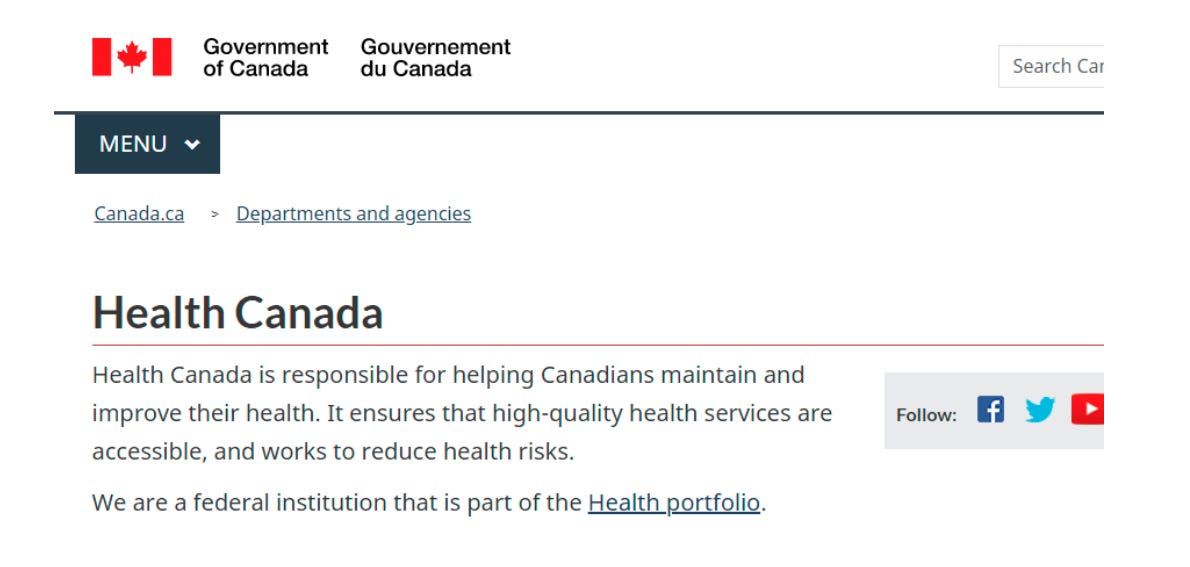

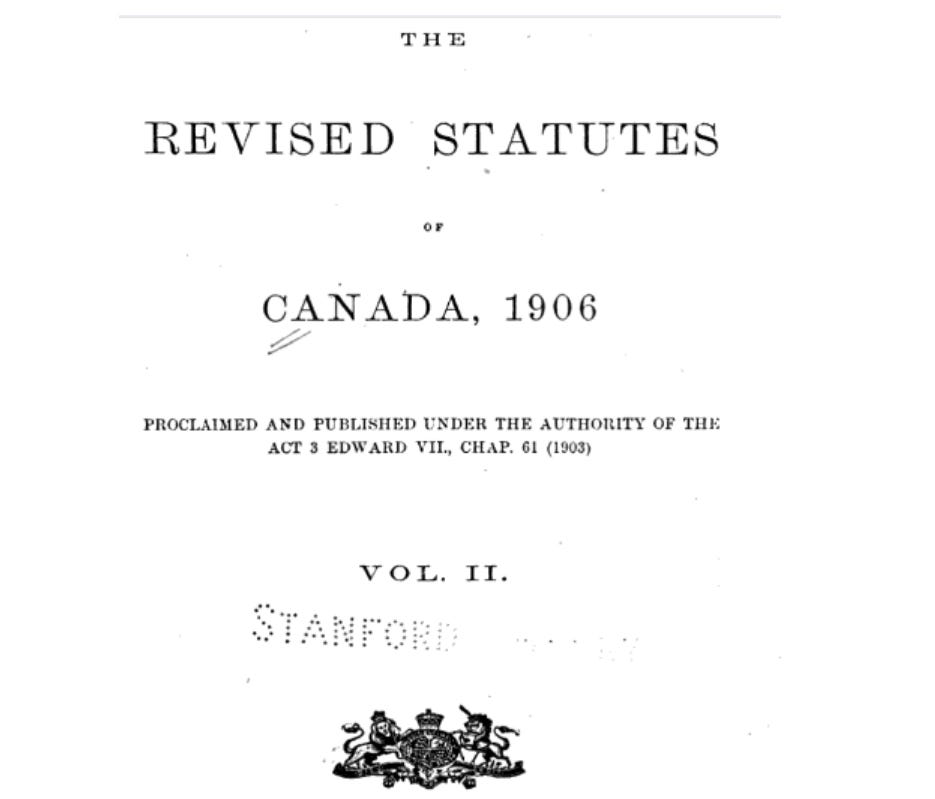
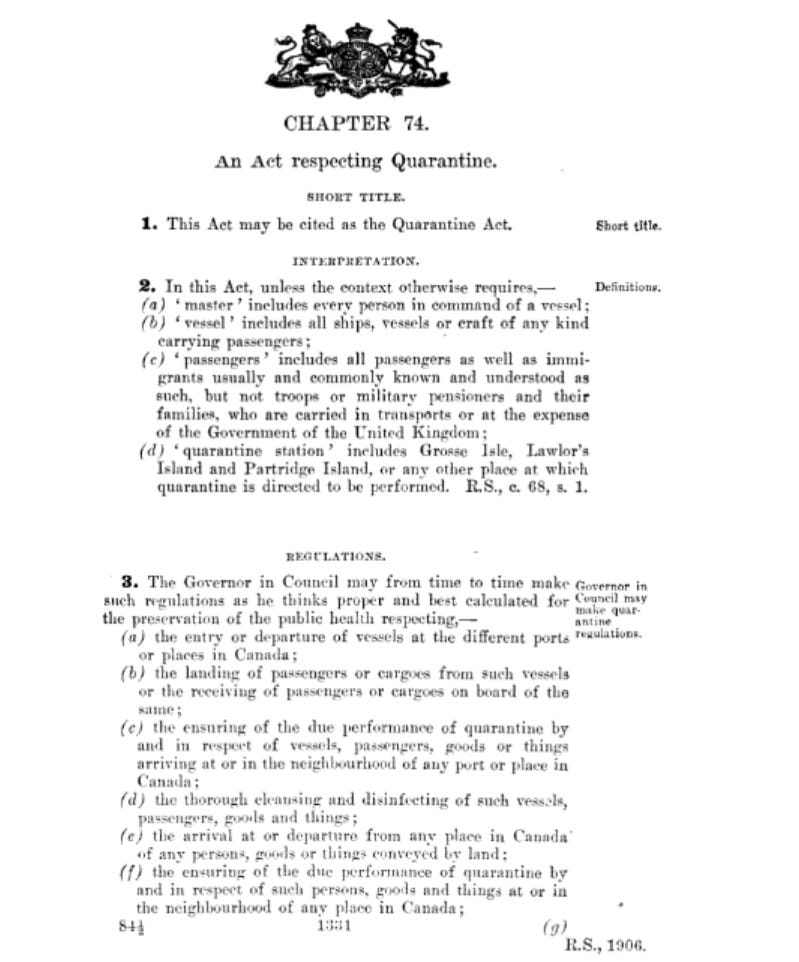

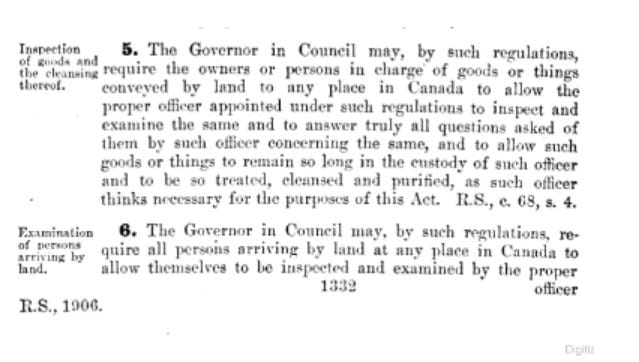
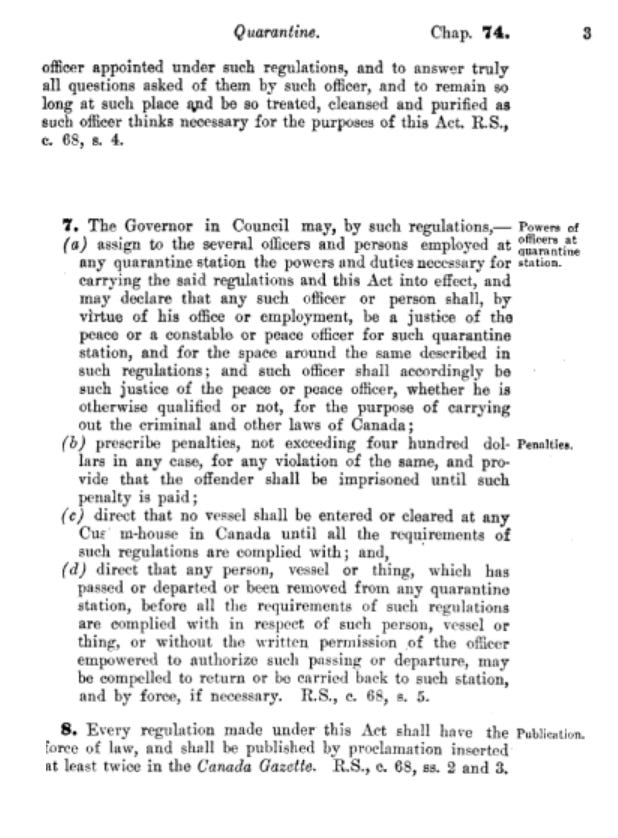

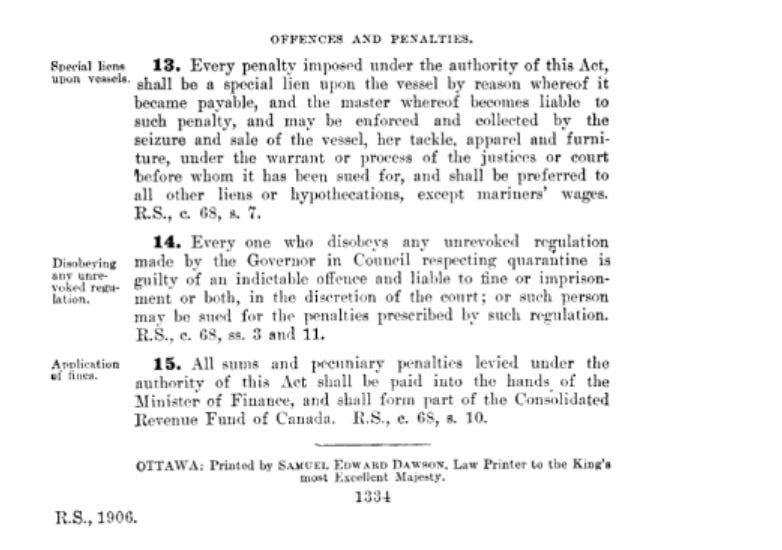
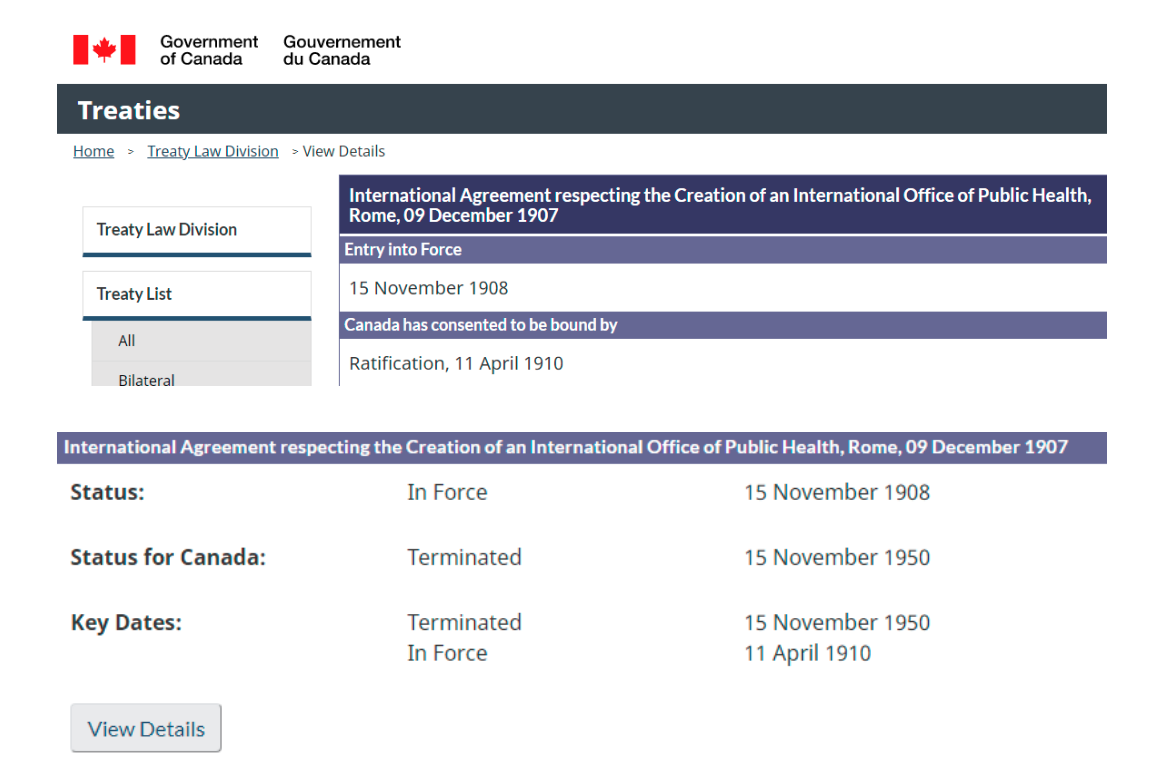



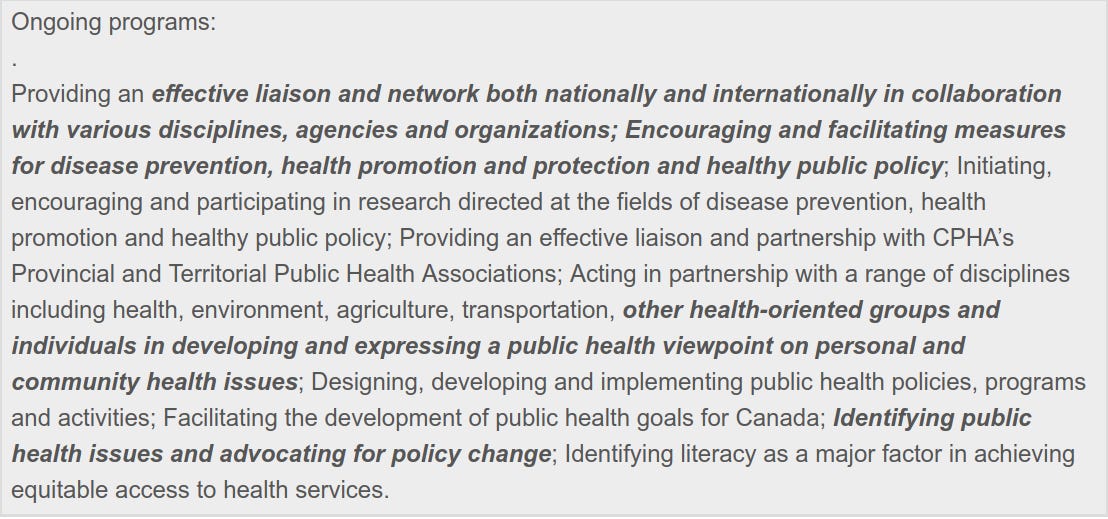
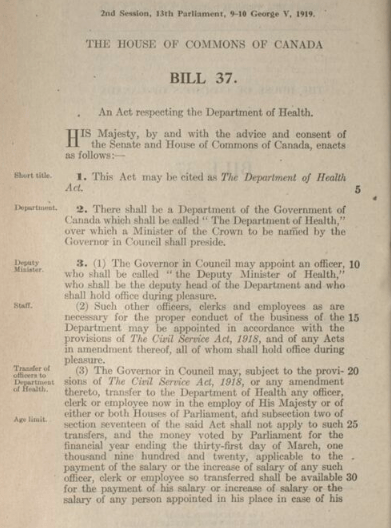
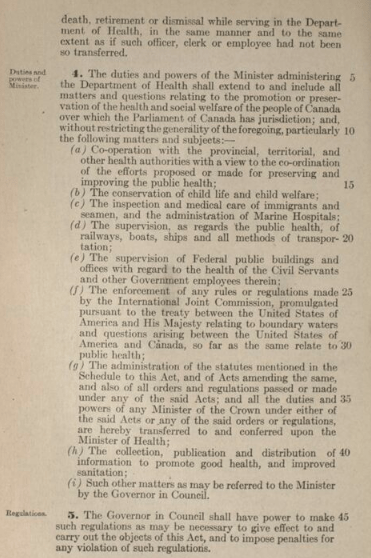
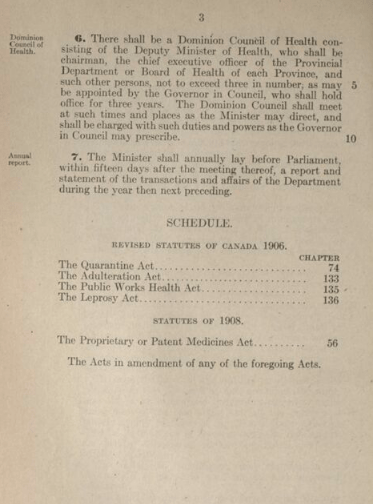

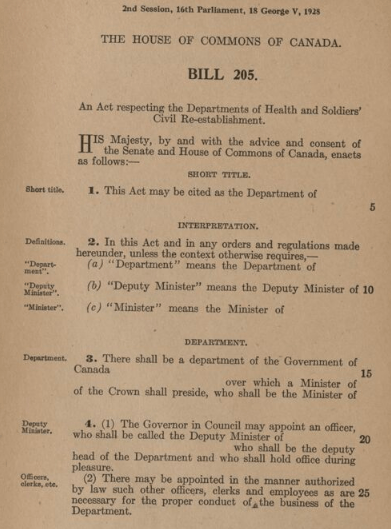


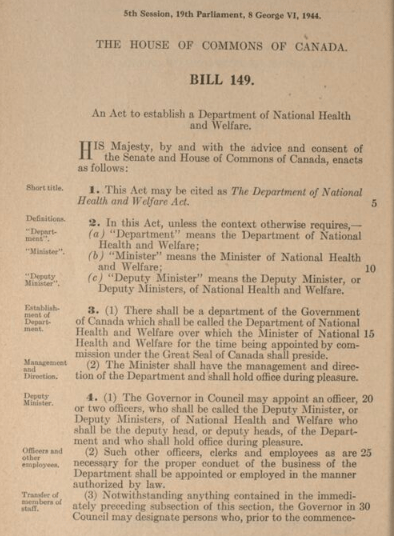

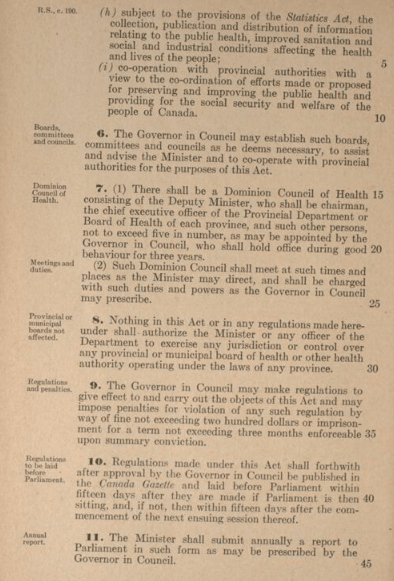
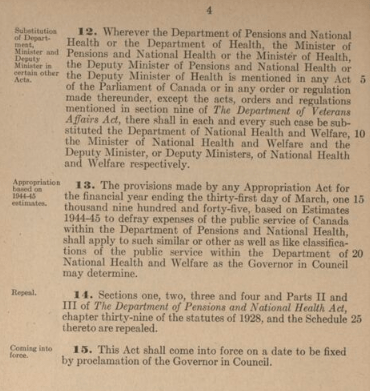

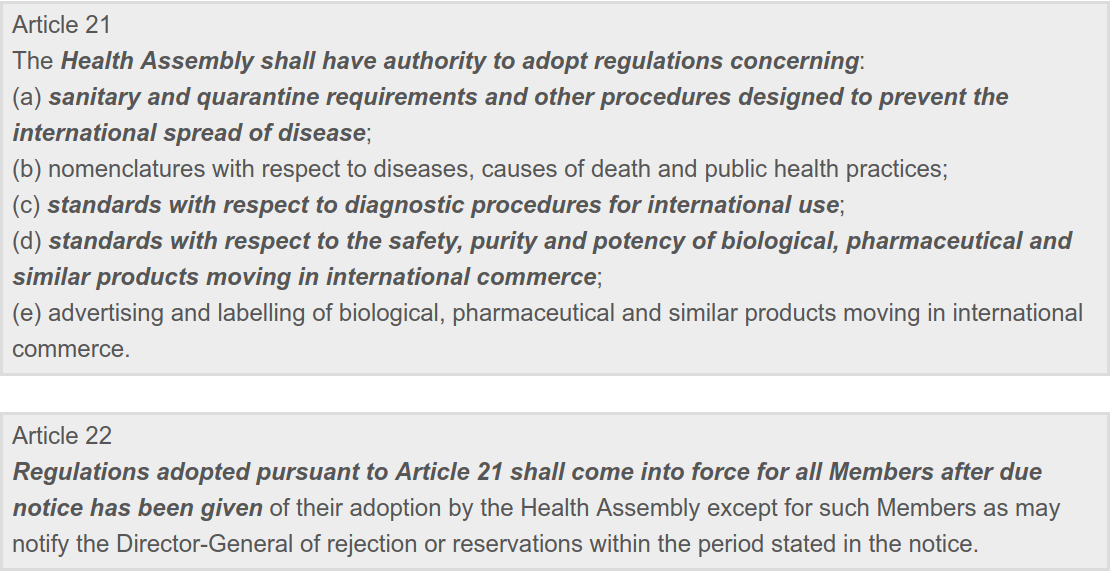
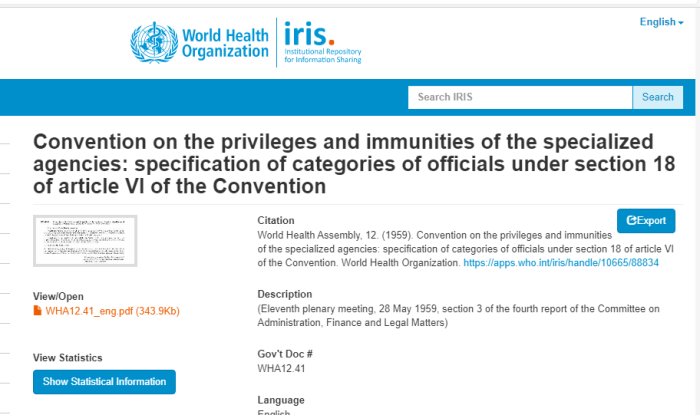
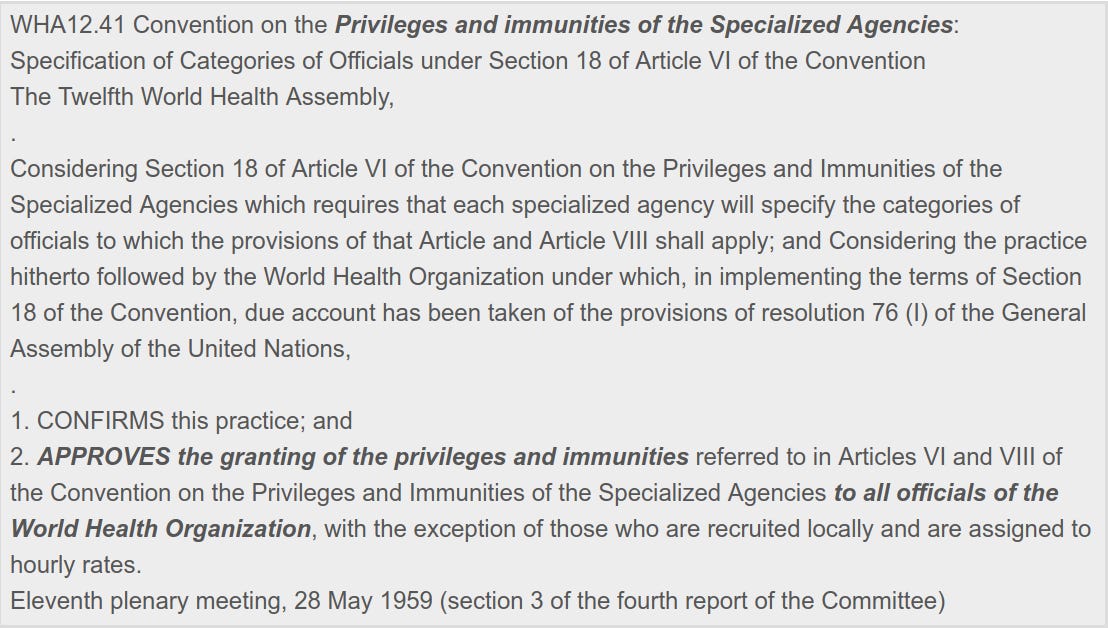
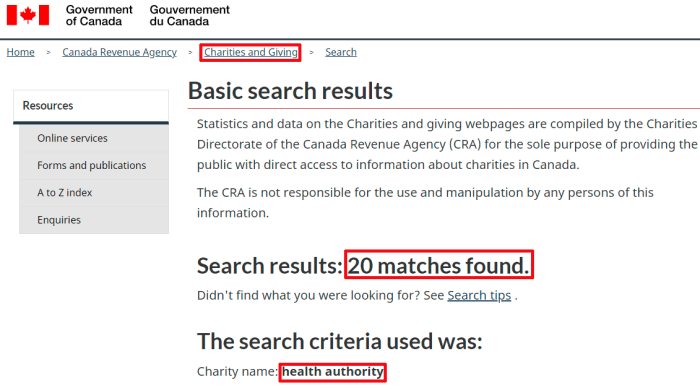
I've been calling it the "Department of Death" for getting on for two years now.
My sister in law works for it - what a zombie.
I do not doubt any of this. We are on our own, take good care of yourself as much as possible and bypass the corrupt healthcare system, eat right, exercise, move around, stay active. Find a local organic farmer to get your food from, do not eat processed foods, read the labels of what you eat, if you cant understand what is in it, don't eat it.
There is so much we can do on a personal level to stay away from modern corporate medicine.